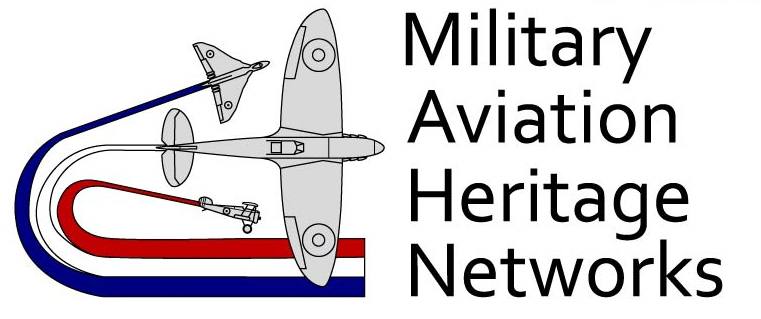Military Aviation FilmsHidden & Untold Stories of Aviation History
Scroll down for an exciting series of films that aim to bring England’s military aviation heritage closer to you.
Exhilarating accounts and unheard stories from military aviation history – just one click away.
The Black Prince – Akin Shenbanjo by the International Bomber Command Centre
Akin Shenbanjo made his own way to Britain in the hope of being accepted into the RAF. Of Nigerian princely birth, he enlisted in 1941 after the Battle of Britain and underwent extensive training. He later flew operations as a wireless operator and air gunner with 76 Squadron and was awarded the DFC for bravery. Akin Shenbanjo remained in the RAF after the war, rising to the rank of Flight Lieutenant.
An incredibly inspiring story of a courageous man, told by Nicky van der Drift at the International Bomber Command Centre.
Arthur Woolf’s escape by the International Bomber Command Centre
Arthur Woolf was working in an office before he volunteered for the RAF. He was accepted for aircrew training and became a wireless operator. After joining a crew he was posted to 630 Squadron at East Kirkby. On their sixteenth operation they were shot down by a night fighter. Arthur would have never imagined what he was about to go through.
This stirring account from Nicky van der Drift at the International Bomber Command Centre brings us a story that captures the realities of war, and reveals the outstanding contributions of Archibald McIndoe to the rehabilitation of so many airmen. If you would like to hear more, you can hear a full oral history interview with Arthur recorded by Harry Bartlett for the IBCC.
The secret history of airborne radar development by RAF Defford Museum
During the Second World War and the Cold War Years that followed, RAF Defford was one of the most secret places in the country. For it was at Defford that airborne radar was developed, tested and proven by the Telecommunications Flying Unit. Defford Airfield Heritage Group have shot this short, but highly informative film describing the secret history of Defford Airfield. The film reveals the traces of wartime history of the airfield which was situated in the grounds of Croome Park in Worcestershire, once the home of the Earl of Coventry. The site, now owned by the National Trust, includes RAF Defford Museum, located in what used to be the the Station sick quarters.
Elsie Mackay’s trans-Atlantic flight attempt by Cranwell Aviation Heritage Museum
Cranwell Aviation Heritage Museum portrays the fascinating but ultimately tragic story of the India-born actress, designer and aviator, Elsie Mackay. Besides being an interior designer at her father’s shipping line, Elsie was also a film actress and pilot – in fact one of the first women in Britain to gain a pilot’s licence. Elsie was determined to be the first woman to fly the Atlantic – so on 13 March 1928, piloting ‘Endeavour’, Elsie took off from RAF College, Cranwell bound for America. Not long after, a French steamer reported seeing ‘Endeavour’ still on course, after which nothing else is known. Learn more about this inspirational woman and her trans-Atlantic flight attempt in the video shot at Cranwell Aviation Heritage Museum below.
The peculiar Squadron member – William De Goat, by Biggin Hill Memorial Museum
Biggin Hill Memorial Museum brings us the most wonderful story about an unusual RAF recruit. During the Second World War the 609 Squadron, stationed at RAF Biggin Hill, adopted an unusual pet – a goat named William. William De Goat, otherwise known as Billy, provided a much-needed morale-boost to the men of 609 Squadron. From Flying Officer to Air Commodore William proved to be not only accomplished but also a real companion to the flight crew. Watch the video to learn more about Billy.
